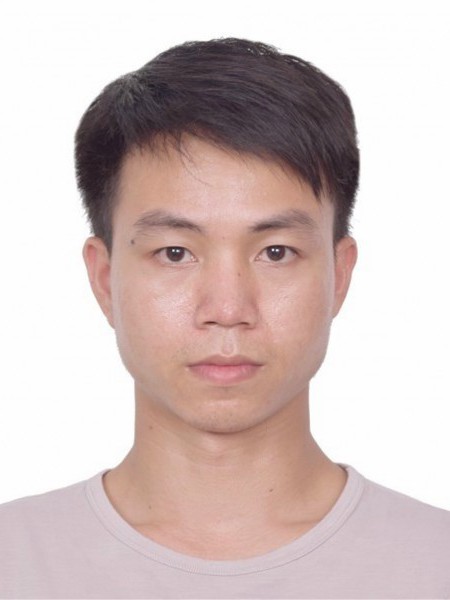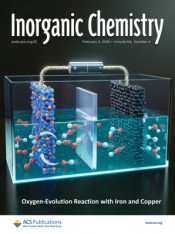abstract
The development of photoresponsive ferroelastics, which couple light-induced macroscopic mechanical and microscopic domain properties, represents a frontier in materials science with profound implications for advanced functional applications. In this study, we report the rational design and synthesis of two new organic–inorganic hybrid ferroelastic crystals, (MA)(Me4N)[Fe(CN)5(NO)] (MA = methylammonium) (1) and (MA)(Me3NOH)[Fe(CN)5(NO)] (2), using a dual-organic molecular design strategy that exploits hydrogen-bonding interactions for tailoring ferroelastic properties. Specifically, 1 exhibits a two-step phase transition at 138 and 242 K, while the introduction of a hydroxyl group in 2 stabilizes its ferroelastic phase to a significantly higher temperature, achieving a phase transition at 328 K, 86 K above that of 1. This enhancement is attributed to hydrogen bonding between the hydroxyl group of Me3NOH+ and the nitroprusside anion, which suppresses lattice dynamics and reinforces structural stability. Remarkably, 2 demonstrates a large spontaneous strain of 0.153, vastly exceeding the 0.021 of 1, and undergoes an 11% size change along the b-axis in response to thermal stimuli. Both compounds exhibit reversible, photoinduced nitrosyl-linkage isomerization, as confirmed by IR spectroscopy, transitioning between the ground state (N-bound nitrosyl) and the metastable state (O-bound nitrosyl). This integration of photoresponsive functionality with ferroelastic properties establishes a versatile platform for energy-efficient actuation, adaptive devices, and multifunctional sensing applications. These findings offer an innovative pathway for designing next-generation hybrid materials with enhanced tunable properties.
authors
Luis Verissimo; Zi-Luo Fang; Wei-Jian Xu; José M. G. Martinho; Wei Yuan; Wei-Xiong; Zhang, Andrei Kholkin, João Rocha
our authors
Projects
CICECO - Aveiro Institute of Materials (UIDB/50011/2020)
CICECO - Aveiro Institute of Materials (UIDP/50011/2020)
Associated Laboratory CICECO-Aveiro Institute of Materials (LA/P/0006/2020)
Redox-active Metal-Organic Frameworks as Electrode Materials for Lithium-Ion Batteries (RedoxMOFs)
Other
Cover
Mediaacknowledgements
This work was supported by NSFC (22071273 and 21821003), Fundamental Research Funds for the Central Universities (23lgzy001). This work was also developed within the scope of the project CICECO-Aveiro Institute of Materials, UIDB/50011/2020, UIDP/50011/2020 & LA/P/0006/2020, financed by national funds through the FCT/MEC and when appropriate cofinanced by FEDER under the PT2020 Partnership Agreement. It is also funded by national funds (OE), through FCT – Fundação para a Ciência e a Tecnologia, I.P., in the scope of the framework contract foreseen in the numbers 4, 5, and 6 of the article 23, of the Decree-Law 57/2016, of August 29th, changed by Law 57/2017, of July 19th. We thank FCT for funding the project PTDC/QUI-ELT/2593/2021 and PTDC/CTM-CTM/4044/2020 grants. L.V. thanks FCT for UI/BD/151050/2021. J.M.G.M thanks FCT and COMPETE (FEDER) for the projects UIDB/00100/2020, UIDP/00100/2020, and LA/P/0056/2020. A.K. acknowledges the project “FeLow-D” funded under the Horizon Europe programme HORIZON-WIDERA-2023-TALENTS-01, GA nr.101186499.






